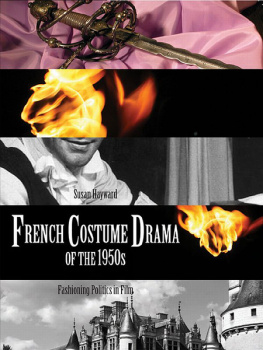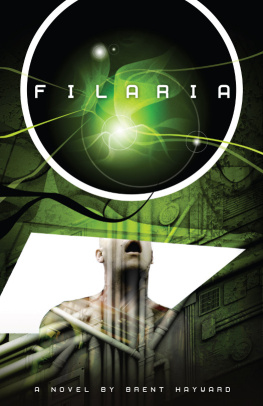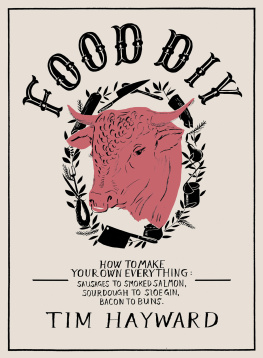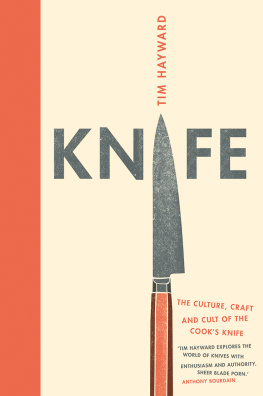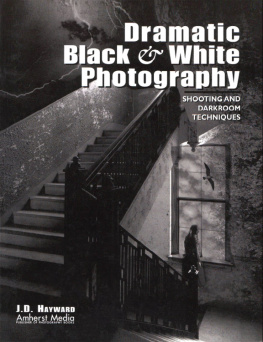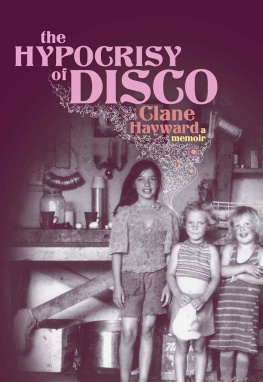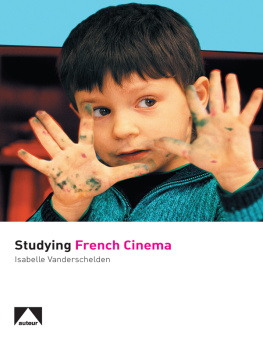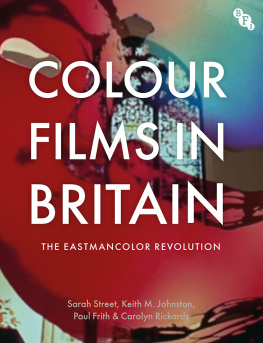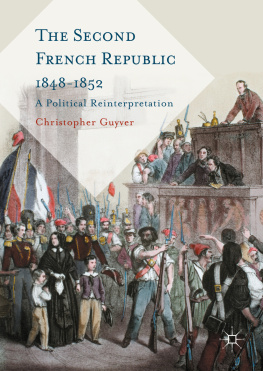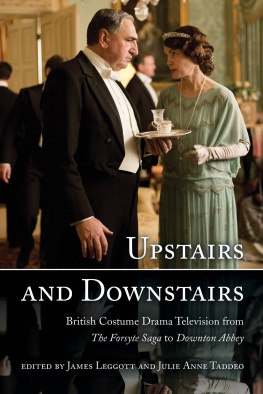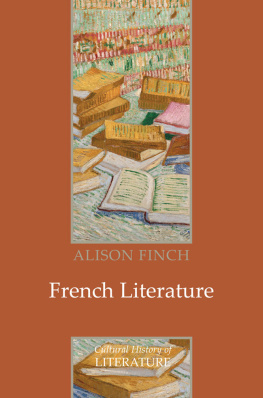French Costume Drama of the 1950s
This book is in memory of my father William Andrew Hayward (19121997) a tailor and clothes designer whose knowledge of fabric and cut has inspired my writing here.
During the writing of this book, my mother, Kathleen Elizabeth Hayward (ne Arnold) died suddenly (19162009). It is to her also that I dedicate this scholarship. After all if she had not passed onto me her love of French culture I might never have specialized in French cinema.
French Costume Drama of the 1950s
Fashioning Politics in Film
Susan Hayward

First published in the UK in 2010 by
Intellect, The Mill, Parnall Road, Fishponds, Bristol, BS16 3JG, UK
First published in the USA in 2010 by
Intellect, The University of Chicago Press, 1427 E. 60th Street,
Chicago, IL 60637, USA
Copyright 2010 Intellect Ltd
All rights reserved. No part of this publication maybe reproduced, stored in a retrieval system, or transmitted, in any form or by any means, electronic, mechanical, photocopying, recording, or otherwise, without written permission.
A catalogue record for this book is available from the
British Library.
Cover designer: Holly Rose Copy-editor: Rebecca
Vaughan-Williams Typesetting: Mac Style,
Beverley, E. Yorkshire
ISBN 978-1-84150-318-9 / EISBN 978-1-84150-434-6
Printed and bound by Gutenberg Press, Malta.
List of Figures and Illustrations
Unless indicated in the footnotes, all images are sourced courtesy of the Bibliothque du Film (Bifi), Paris. Many images no longer have copyright, but where they do it is provided next to image.
Acknowledgements
L ittle did I think, when I began this project four years ago, how huge an undertaking it would become. In the end it was a bit like climbing Everest, as one of the earlier reviewers suggested (without irony) that it might be. Every corner I turned, another aspect presented itself and I kept going! Certainly, I could not have fulfilled the aims and objectives without the help from numerous individuals and research institutions. I owe a great debt of gratitude to the following for helping me with this work. First, Daniel Brmaud and Fereidoun Mahboubi at the Centre National de la Cinmatographie (CNC), Bois dArcy, for their genial assistance with screening films. In particular, it is thanks to Daniel Brmaud that I was able to see a copy of Bel-Ami (a film I believed lost forever). And thanks to Fereidoun Mahboubi that I came to understand how this particular copy managed against all odds to be still in existence. The patience of the library personnel at the Bibliothque Nationale de France was invaluable in my trawl for films. The librarys video and DVD archives supplied well over half of the films out of the total corpus. I am grateful to the Centre National de la Recherche Scientifique which facilitated my research sojourns in Paris, at the Maison Suger. In particular, a debt of thanks to Madame Franoise Girou and Madame Nadia Cheniour for making my stay in this research centre so agreeable. My thanks, too, to the centres director Monsieur Jean-Luc Lory for making my stay possible in the first place. Finally, my thanks to the personnel, in particular Vronique Chauvet and Elodie Rivaud, at the Bibliothque du Films Iconothque for their assistance in locating illustrative images.
The British Film Institute Library and the librarians who run it with such knowledge and flair receive my continued gratitude. Simply put, I could not conduct my research and scholarship without the existence of this fabulous resource and equally wonderful staff.
On a more personal note, I would like to thank the following colleagues for their help, either in the form of engaging with the ideas in this book, reading a selection of chapters or letting me borrow from their DVD collection. Jennie Cousins (who has herself written a terrific study of the politics of costume); Sarah Leahy (whose own work on Signoret and Bardot has helped my thinking); Will Higbee and Florence Martin (their feedback on chapters was invaluable); Judith Mayne (for her work on Clouzot and DVD loans); Carrie Tarr (for her work on Audrey and also some DVD loans). Continued dialogues with Ginette Vincendeau, Genevive Sellier, Raphaelle Moine, Sandra Cook, Phil Powrie and Michle Lagny have also fine-tuned some of my arguments. Chrissie Morris and Kathleen Hayward, I count amongst my unique fan-base, along with my cat Ibubese for whom I can do no wrong.
An important thanks and acknowledgement goes to the British Academy. Their Small Grants Award (not so small) funded my extended research trip to the CNC Bois dArcy. The University of Exeter University Research Committee funded two initial trips of enquiry to Paris, so my thanks there also.
Thanks, finally, to Intellect Press for encouraging me in this project.
Susan Hayward
Part I
Contexts
Chapter 1
Introduction
Costume drama a suitable document for study
I would like to begin by quoting from an interview with Rosine Delamare, the top designer for costume drama of the 1950s (with some 23 French costume drama titles to her name in that decade alone). She said:
A period costume does not need to be a faithful reproduction. It is not put on screen as a document for study.
Whilst she is certainly correct in the first sentence costume can only refer to the original: it cannot be it how wrong she turned out to be in her second! Within Anglo-Saxon film studies, as we well know, costume design now constitutes a considerable domain of research. It has become, therefore, a suitable/fashionable document for study. Costume design is integral to the genre after all, the word costume is embedded in the very typology (costume drama).
To pause briefly on the definition of costume drama: I am taking it here in its broadest sense as a film set in an historical period that features characters dressed in costumes pertaining to that era. The corpus of films to be investigated in this study will be any French produced film set in the pre-1914 era, the moment when the Belle Epoque came to an end with the declaration of the First World War (the Great War as it was then known). Whilst none of these films are historical films, a handful run close in that they are biopics or fictionalized accounts of real people. But for the most part, the films we are to consider are adaptations (73) and original scenarios (36) grounded in different periods of Frances past. As such, as we shall see they inevitably have national resonances. For a full listing of the 109 films in this corpus, see Appendix One.
There are three compelling reasons for the study of 1950s French costume drama, and, with it, the costume document. The first reason is an historical and statistical one; the second, socio-political; the third, industrial. In statistical terms, the so-called Golden Age of the French costume drama film ran from the Second World War/Occupation period through the 1950s. Here is a breakdown of the figures:

Figure 1.1: Percentages of costume dramas to total film industry production released during the 1940s and 1950s.
Thereafter, from the 1960s onwards, the genre rather rapidly declined and for two major reasons: the shift to location over studio shooting (an effect of the French New Wave) and the actual expensiveness of the product.
Next page
